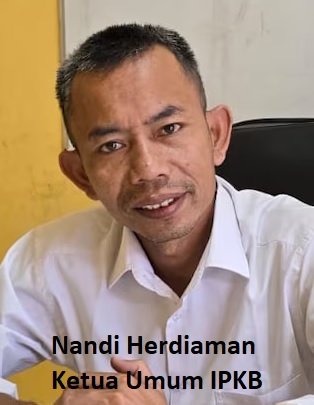The existence of the local textile and textile products (TPT) industry is increasingly threatened by the proliferation of cheap imported goods flooding the domestic market. This is evidenced by the drop in the average utilization of the textile industry to around 55% from the previous 70% at the end of 2020.
Secretary General of the Association of Fiber and Filament Yarn Producers (APSyFI), Redma Gita said, imported goods entering the domestic market include finished goods (clothing) and unprocedural (fabric and yarn).
In which, these imported goods have flooded online sales platforms that enter through the E-commerce bonded logistics center (PLB).
"Imported goods can be cheap because of the export subsidy in the country of origin," said Redma.
Imported goods, most of which are leftovers in industrial estates, are another factor that causes these goods to be sold at low prices or dumping.
"Entering here is also wholesale (paying a small tax), the final VAT (guggung) paid is from the volume and price that has been under invoiced and under volume. As a result, imported goods are very cheap," he added.
In addition to the onslaught of cheap imported goods which further hampered sales, the local textile industry was also faced with obstacles in export activities, which contributed to the decline in average utilization this year. Redma said that the high cost of freight to export destination countries made some companies choose to lower their utilization.
"Meanwhile, exports are constrained by the high cost of freight to export destination countries, which has increased four times," he said.
Redma said, actually the textile industry still has the opportunity to carve a better performance this year. This is supported by the economy and people's purchasing power which is gradually recovering after being contracted due to the onslaught of the pandemic last year.
But on the other hand, the textile industry also needs support from the government to immediately curb the entry of cheap imported goods that are increasingly flooding the domestic market, so that the average utilization of the textile industry can increase again by the end of the year.
"If the imported goods are still unable to control these imported goods, the condition of the industry will be worse. The improvement in industrial performance will be better if the government is serious about controlling the importers of traders," he explained.
Until now, the local textile industry is still trying to encourage consumption through various strategies, namely product diversification and also integrated product development activities in both upstream and downstream industries.
"We are still working on the export market," he concluded.








